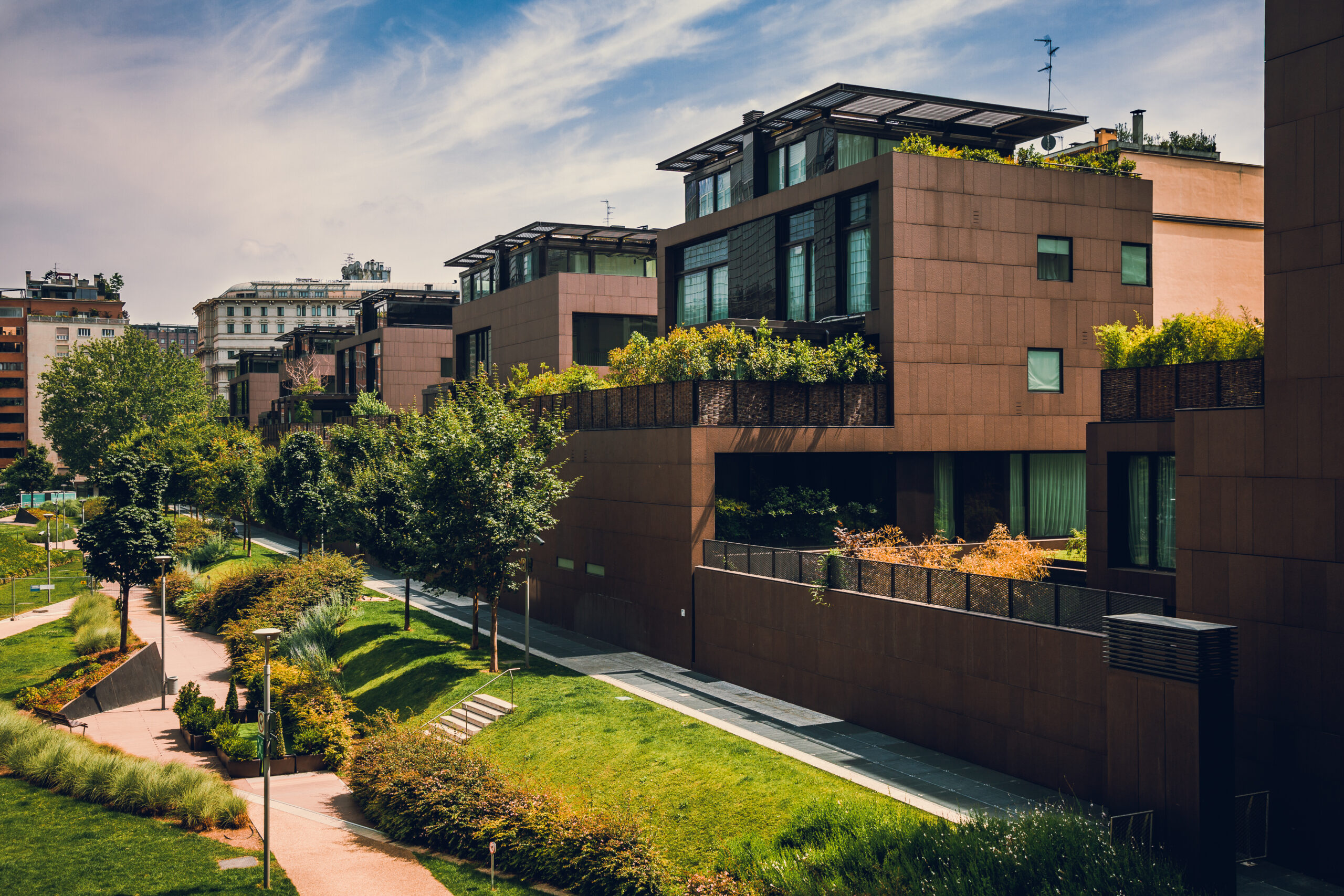IEA report states heat pumps, district energy and building renovation crucial to achieving net zero
 The International Energy Agency (IEA), has issued several analyses is part of a series from its new report, Technology and innovation pathways for zero-carbon-ready buildings by 2030. Heat pumps, district energy networks and renovation of existing building stock are crucial components to achieve this objective. High-efficiency electric heat pumps are the primary technology driving reduced emissions from heating in the buildings sector with the number of heat pumps installed globally rises from 180 million in 2020 to around 600 million in 2030. According to the US NGO (NRDC), it is vital to rapidly install heat pumps, instead of focusing on refrigerant choice, and comments that for the USA “Refrigerant emissions remain marginal vs. CO2 and methane emissions: The heat-trapping emissions of CO2 emissions from gas combustion, and of methane emissions from gas wells and pipeline leaks, vastly outweigh average refrigerant emissions. While some ACs and heat pumps do leak, major leaks are easily avoidable with proper installation and maintenance.”
The International Energy Agency (IEA), has issued several analyses is part of a series from its new report, Technology and innovation pathways for zero-carbon-ready buildings by 2030. Heat pumps, district energy networks and renovation of existing building stock are crucial components to achieve this objective. High-efficiency electric heat pumps are the primary technology driving reduced emissions from heating in the buildings sector with the number of heat pumps installed globally rises from 180 million in 2020 to around 600 million in 2030. According to the US NGO (NRDC), it is vital to rapidly install heat pumps, instead of focusing on refrigerant choice, and comments that for the USA “Refrigerant emissions remain marginal vs. CO2 and methane emissions: The heat-trapping emissions of CO2 emissions from gas combustion, and of methane emissions from gas wells and pipeline leaks, vastly outweigh average refrigerant emissions. While some ACs and heat pumps do leak, major leaks are easily avoidable with proper installation and maintenance.”
The IEA makes these important points:
- Heat pumps are much more energy-efficient than other renewable and conventional buildings technologies, including low-emission hydrogen and biomass boilers. Heat pumps in combination with energy storage can absorb fluctuations in variable renewable generation, which will enable around 40% of electricity to be produced by solar PV and wind power by 2030. The renovation of the existing buildings stock to the zero-carbon-ready level also enables heat pumps to operate even more efficiently in this segment.
- District energy networks are a key stepping-stone to meeting zero-carbon heating and cooling, with 350 million connections in cities globally targeted by 2030. The expansion of these systems is projected to provide about 20% of global space heating needs. That compares to around 15% of space heating needs in 2020. In other words, further expansion of district heating network plays a crucial role in achieving net zero emissions by 2050. District energy networks are fuel flexible, thus, they are future-proof heating and cooling supply choices. Directly or together with large-scale heat pumps (powered by green electricity) and thermal storage systems, district energy enables extensive use of secondary heat sources that are already available from renewable energy sources (e.g., river and sea water), urban and tertiary sector waste heat (e.g., sewage water, data centre cooling, underground metro cooling) and industrial waste heat (e.g., from steel and paper industries)
- Renovation of near 20% of existing building stock to zero-carbon-ready by 2030 is ambitious but necessary. To achieve this goal, an annual deep renovation rate of over 2% is needed from now to 2030 and beyond. Improving the performance of older buildings that have not integrated energy efficiency requirements since their construction is a critical priority. As a first step, it is necessary to implement passive measures to the building envelope to enhance its thermal performance. Building renovation brings several additional benefits, such as providing a better-quality indoor environment by reducing building envelope anomalies (e.g., mould and others related to condensation and humidity), increasing thermal comfort, improving overall health conditions and productivity.
Explanatory Note: It is clear that HFCs, HFOs and HCFOs have an important role in delivering heat pumps, district energy systems and building insulation, due to their good balance of technical and safety properties, including the ultra-low GWPs for the HFOs and HCFOs and their increased thermal performance in building insulation when compared to other foam blowing agents.
Image: ©Shutterstock/Cefic